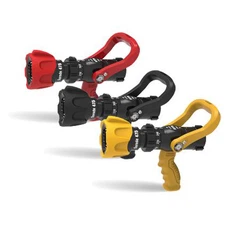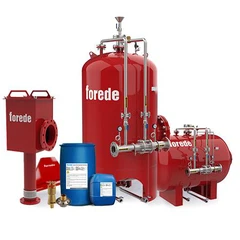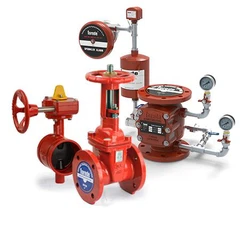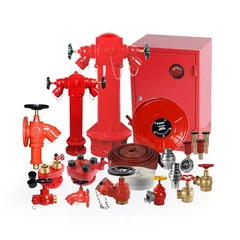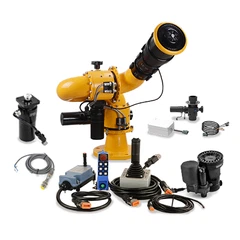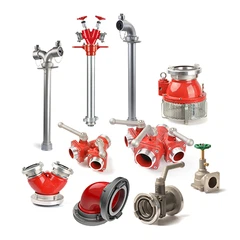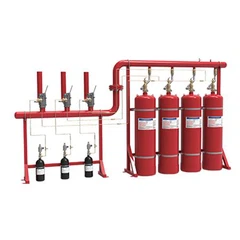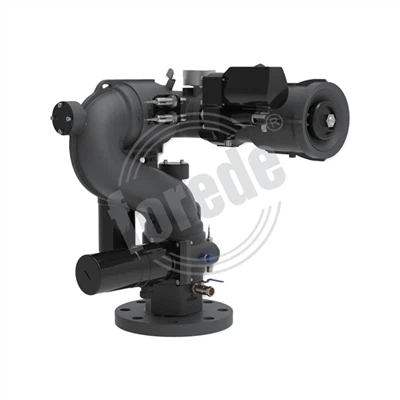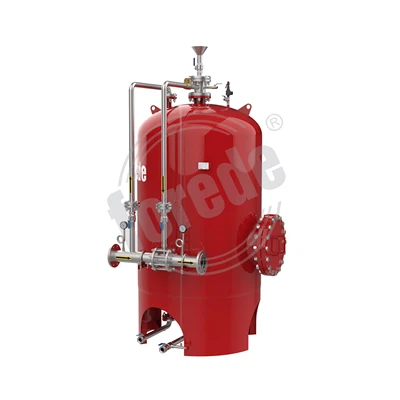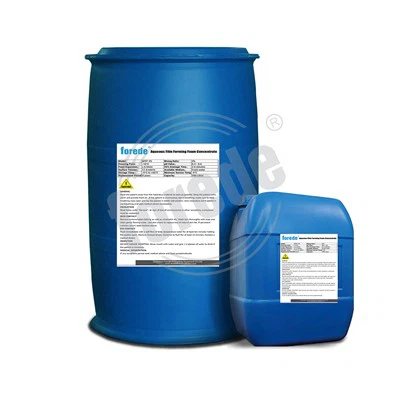Products Description
What is FM200 Fire Suppression System?
FM 200 is a clean fire suppression agent that is becoming increasingly popular in a range of industries and applications. This colorless and odorless gas is a preferred choice for many facilities because of its ability to quickly suppress fires without leaving residue or damaging critical equipment.
How does FM 200 works?
FM-200 suppresses fire by disrupting the fire triangle. The fire triangle is made up of heat, oxygen, and a fuel source, and by removing one of these elements, the fire is extinguished. FM-200 removes the heat or free radicals, which interferes with the fire triangle's chemical reaction to extinguish the fire. Clean agent fire suppression systems, like ones using FM-200, can achieve fire extinguishing concentrations in 10 seconds or less.
Advantage:
- FM-200 is a clean agent that is safe around people; therefore, FM-200 fire suppression systems are safe to install in occupied spaces.
2. When an FM-200 fire suppression system activates to put out a fire, no residue is left behind, and it is safe for equipment, electronics, and machinery.
3. Compared to other clean agents like 3M Novec 1230 Fire Protection Fluid, FM-200 is a slightly more cost-effective option.
4. Because of the small amount of FM-200 required to suppress a fire, smaller or fewer cylinders are needed when compared to other agents like 3M Novec 1230 fluid.
Disadvantage:
1. When compared to other clean agents, FM-200 has a slightly higher Global Warming Potential (GWP).
2. While the FM-200 does not contain Halon gas, it still uses Hydrofluorocarbons (HFC) to suppress fires, which is not as eco-friendly as other clean agents.
What is the Chemical Name for FM-200™ Gas?
The chemical name for FM-200™ is 1,1,1,2,3,3,3-Heptafluoropropane. It is also referred to as hydrofluorocarbon (HFC) 227ea and is manufactured by Chemours under the trademark FM-200™. The gas is a colorless, compressed liquefied gas used to extinguish fires and is a popular replacement for Halon fire suppression systems. FM-200™ fire suppression systems are pressurized with nitrogen, waterless, and upon activation, FM-200™ discharges as a gas to suppress the fire.
Is FM-200 Gas Dangerous?
The gas is low in toxicity and does not pose acute or long-term dangers when handled per the manufacturers' recommendations. The vapors from FM-200 have little to no effect on the skin or eyes, but when in liquid form, on contact, it can freeze the skin or eyes, causing frostbite. In the case of inhaling high concentrations of FM-200 vapors, over the recommended exposure limits, one may experience headache, dizziness, loss of coordination, confusion, and in a worst-case scenario, loss of consciousness. When following manufacturers' guidelines, FM-200 is safe for use in fully occupied areas.

